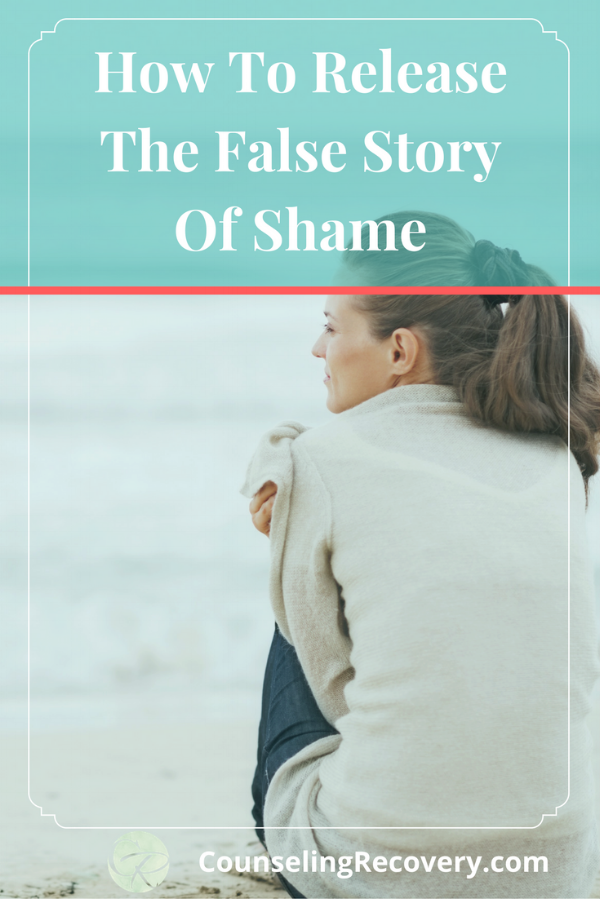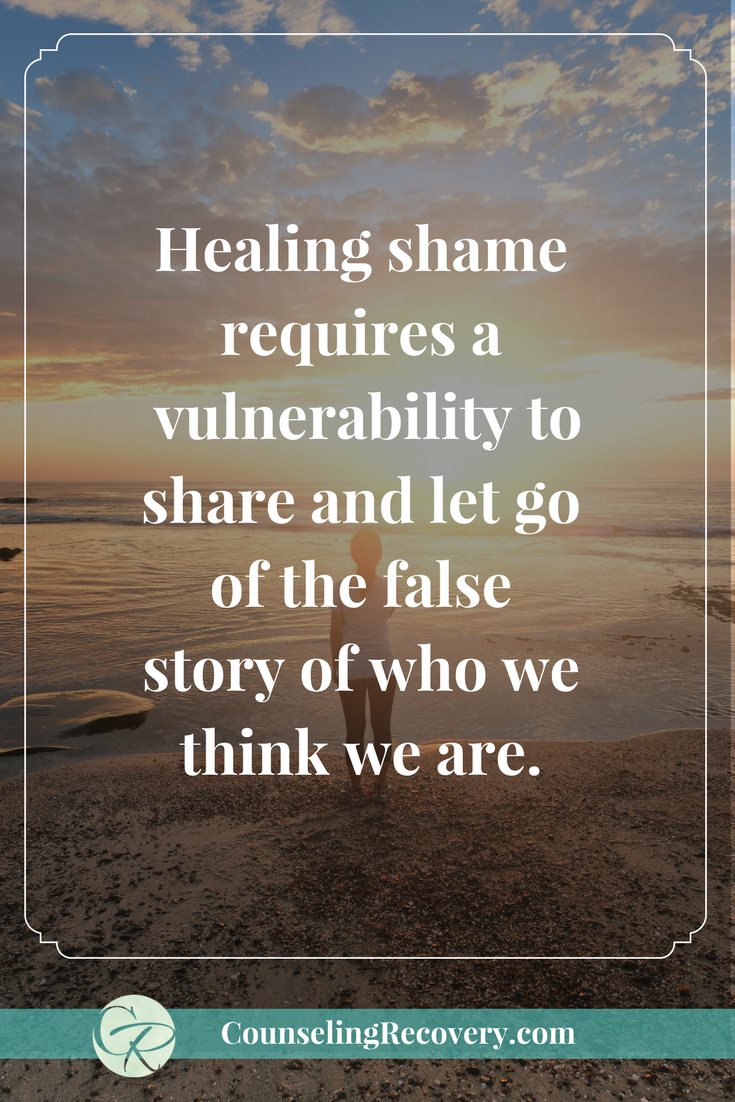How to Release the False Story of Shame
When I first heard Brené Brown's famous TED Talk about shame, I admit that it didn't resonate with me. Her story of vulnerability got my attention, but the word shame went right past me. So I dismissed it.
That old saying applies here: when the student is ready, the teacher appears. Yet the reverse is also true: if the student isn’t ready to hear something, the mind discards it. We can’t control what we aren’t ready to hear. The universe will deliver the same lesson in another form until we’re ready.
A Story of Shame
Recently, I participated in a women's retreat. During a very public dinner, I started feeling left out of the conversation. Old childhood thoughts about not fitting in started to play inside my head like a tape recorder. Before I knew it, that sinking feeling of shame—an intense feeling of worthlessness triggered by perceived criticism or abandonment—took over and I couldn't stop it.
In retrospect I can see that what intensified the shame was the assumption that I was the only one feeling it. Shame thrives in isolation. A few days later, Brené Brown's work made a lot more sense to me. Not speaking up suddenly felt like a powerful and humbling lesson.
I dove into her TED talk, “Listening to Shame: Inspiring: Informative: Ideas, 2012.” She described shame as being the swampland of the soul. Instead of admitting a mistake—in my case, I could have by admitted how I felt—we come to believe we are the mistake.
This negative belief kept me silent. Guilt can be healthy when it allows us to admit shortcomings, but shame crucifies us for not being perfect. Big difference!
The Effects of Shame
Brown's research shows a high correlation between shame and addiction, depression, eating disorders, bullying, suicide, and violence. She emphasizes that shame needs three things in order to survive: secrecy, silence, and judgment.
It's no wonder then that the first impulse when feeling shame is to deny it. No one wants to admit they feel shame. Anticipating judgment feeds the shame, causing a vicious cycle that breeds self-hate.
Brown says that although both men and women experience shame, societal messages differ. For women, the message is to do everything perfectly without letting anyone see them sweat. For a man, the message is about not being perceived as weak. Regardless of the societal message, healing shame starts with the painful process of naming it.
The Connection Between Shame and Vulnerability
Brown also says that the only people who don't feel shame are those with no capacity for connection or empathy. For example, comparing ourselves to others is one form of shame. Feeling inherently bad or like we’re not good enough constitutes another. The intensity of the emotion defines shame. That emotion can be paralyzing. Once it starts, it can be difficult to stop.
So how do we get out of shame?
In order for us to heal shame, we must find the courage to be vulnerable. Remember that shame convinces us to keep quiet. Brown defines vulnerability as, "taking the emotional risk to be authentic," rather than trying to look good or keep it together.
During my retreat when I was at that dinner, I couldn't hide my feelings (even though I tried). Eventually, I was able to allow myself to be vulnerable with those women and that created a bridge. As the tears fell, the shame began to dissipate and I was no longer alone. Showing my vulnerability was the gift.
Conquering Shame
The willingness to be vulnerable binds us to each other. Sharing stories and painful life lessons creates an opportunity for a deeper connection. Being right or striving for perfection doesn't invite genuine closeness.
Brown emphasizes four things to conquer shame:
Know what triggers our shame
Get a reality check from someone we trust
Reach out and share our stories
Speak about the shame
When we know what triggers our shame, we can take steps to heal it. Common triggers include:
Perceived criticism or judgment;
Feeling like someone doesn't love or need us anymore
Comparing our weaknesses to others’ strengths
Insecurities or flaws that we cannot accept
Secretive or addictive behavior
Finding what triggers us can start the process of healing the shame. For more information about relationship triggers click here to read How to Identify a relationship Trigger Before It Hurts.
Get a Reality Check
The acronym FEAR comes from Alcoholics Anonymous. It stands for False Evidence Appearing Real. Shame convinces us that we are the mistake, but sharing with a trusted friend exposes the fear for what it is: a false assumption.
Getting a reality check stops the monkey mind of self-doubt. A trusted friend can offer a new perspective: a voice not caught up in the self-doubt cycle. Shaming thoughts cannot be trusted as truth.
Sharing our Stories about Shame
Only when we become vulnerable can shame lose what power it has over us. Once we can speak about the shame—first to someone trusted and then to others who may understand our experience—we can begin to move beyond it and into genuine healing.
Brené Brown’s TED Talk is a fantastic resource for those wanting to heal shame. See it at: https://www.ted.com/talks/brene_brown_listening_to_shame
Get my free relationship checklist to assess what’s working and what needs to be fixed!


